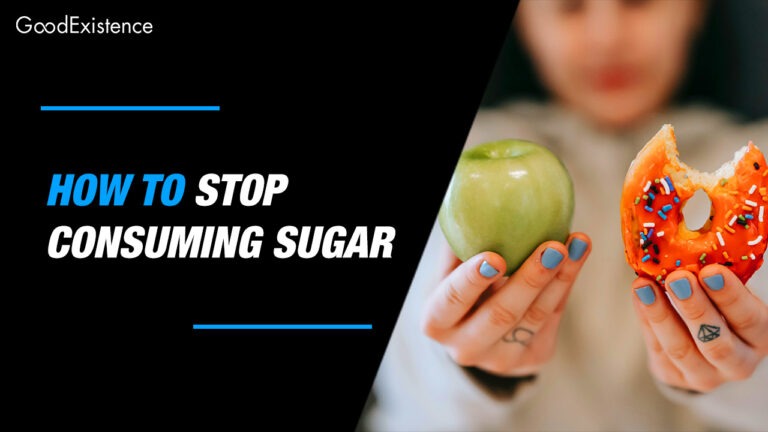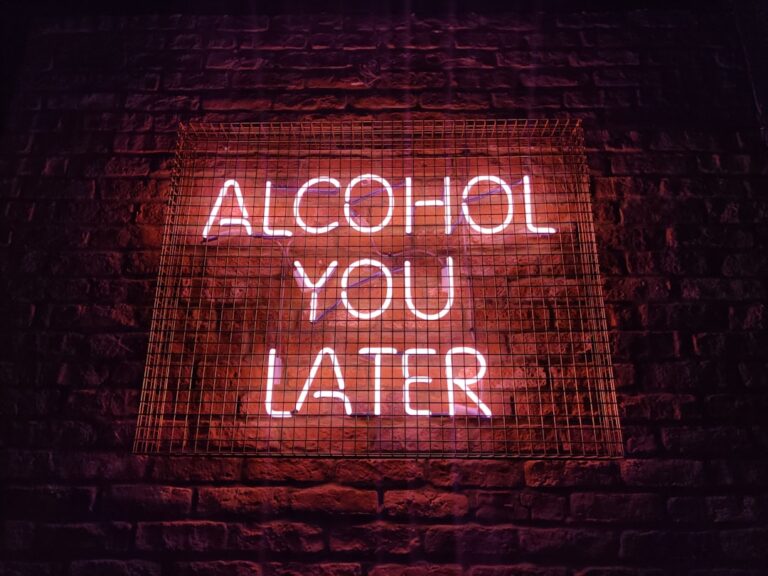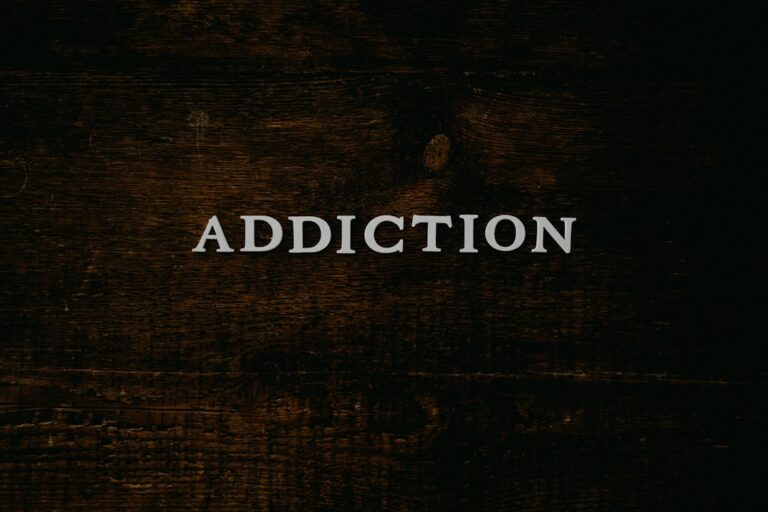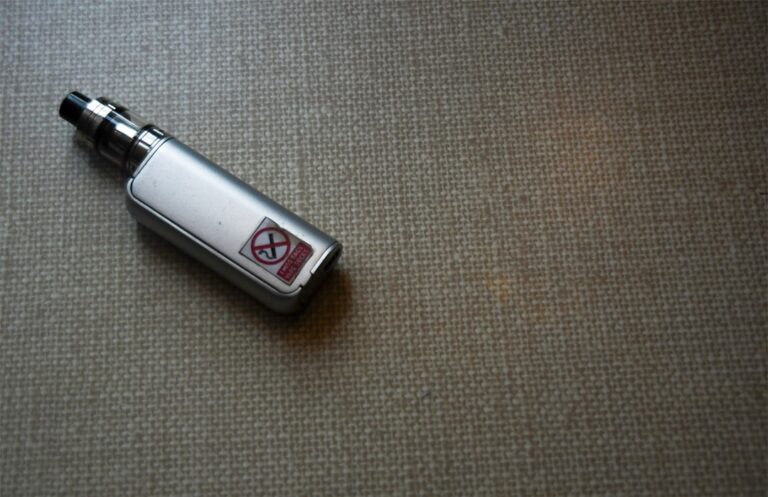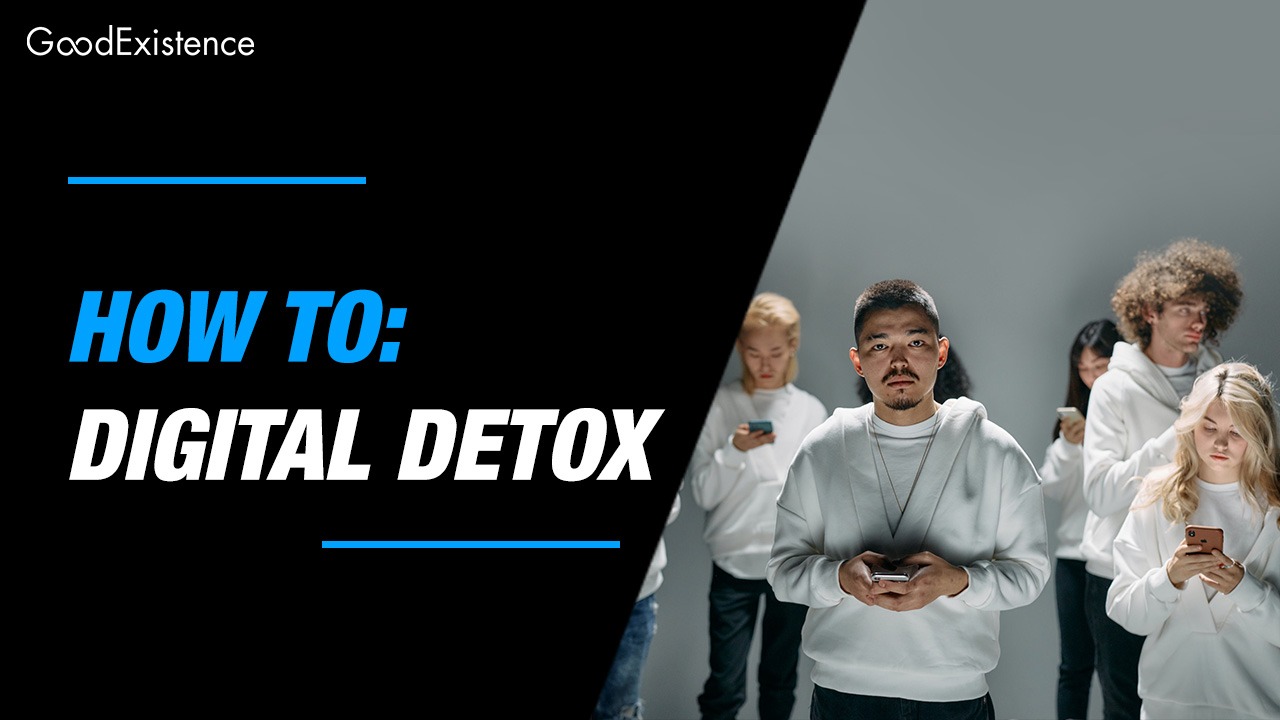
Welcome to our digital detox guide. Are you finding yourself constantly glued to your devices, checking emails and social media notifications even in your free time? Do you feel like your relationship with technology has become more of an addiction than a convenience?
If that’s the case, then it might help you to know that you’re not alone.
The negative impacts of being always connected are something that many individuals nowadays grapple with. No matter where we are, at home, in our cars, on the street, or in the office, technology seems to be a part of our lives these days. We are always connected.
Yes, of course, technology has made our lives easier and also helped a ton of people, but with increased usage, technology addiction has become a bit of a concern.
However, with the right approach and mindset, technology addiction can be overcome, allowing individuals to regain control over their lives and focus on more fulfilling pursuits.
In fact, there are many steps you can take to help you break free from your dependence on technology and take control of your life once again.
In this article, we will discuss how to break free from technology addiction through a digital detox.
What is Technology Addiction?
Technology addiction is a behavioral disorder characterized by excessive and compulsive use of technology, which can take various forms, such as constant social media usage, internet browsing, gaming, pornography addiction, and always checking your smartphone for new notifications.
Individuals who are addicted to technology may struggle to regulate their usage, which can lead to detrimental consequences, including feelings of isolation, depression, anxiety, and relationship problems.
As a result, it can be challenging for those struggling with technology addiction to maintain a healthy and balanced lifestyle.
The Effects of Technology Addiction
Excessive use of technology can take a toll on our well-being, leading to addiction and a range of mental health issues like anxiety and depression.
With continuous usage, people start feeling lonely and disconnected, hampering their relationships with family and friends. People that are addicted to technology may also have trouble communicating with others, which can lead to social isolation.
Excessive use of technology can also interfere with our sleeping patterns, leaving us feeling fatigued and drained the following day. It’s crucial to maintain a healthy balance between technology and other essential aspects of our lives, such as socialization and sleep, to live a fulfilling life.
What is a Digital Detox?

In today’s technology-driven world, it’s easy to become overwhelmed and distracted by constant stimulation.
Taking a break from technology through a digital detox can have numerous benefits for our mental and physical well-being.
By intentionally disconnecting from smartphones, computers, and social media, we can improve our sleep quality, reduce stress levels, and increase productivity.
Additionally, a digital detox can help us to improve our relationships and communication skills by fostering face-to-face interactions.
Overall, a digital detox is not just a break from technology, but an opportunity to reconnect with ourselves and our surroundings, leading to improved well-being and enhanced relationships.
How to Get Started with a Digital Detox?

If you find yourself struggling with technology addiction, taking a digital detox can be an effective way to regain control over your usage patterns and overcome its grip on your life.
Let’s take a look at a couple of steps that can help you achieve a digital-free life (even if for a short period of time):
1. Set Goals
The first step to a successful digital detox is to set clear goals. Identify why you want to detox from technology and what you hope to achieve.
To increase your chances of achieving your goals, make sure to set them in a way that is both specific and measurable, with a clear target and timeline for completion. This makes it easier to remain focused and accountable.
2. Create a Plan
Now that you have set some goals, it’s time to create a plan and execute it. Determine how long you’ll detox and what technology you’ll avoid. Create a schedule that includes alternative activities to replace the time you’d usually spend on technology.
3. Start Small
Breaking free from technology addiction can be challenging, so start small. Begin by limiting your technology use gradually, rather than going cold turkey. This makes it easier for you to adjust to the new changes and reduces the risk of a relapse.
4. Explore Other Activities
If you want your digital detox period to be a success, then you need to find other activities to replace your tech ones. For example, you can try praying, reading, exercising, trying a new hobby, or spending time with loved ones.
5. Stay Accountable
Accountability is essential when it comes to breaking free from technology addiction. Share your goals and plan with someone you trust (friends, family, or loved ones) and ask them to hold you accountable.
6. Limit Social Media Use
Social media is a major contributor to technology addiction, so it’s essential to limit its use during a digital detox.
Want to take control of your social media use? Try “app dieting”! Delete those pesky social media apps or limit their usage to specific times of the day. Your mental health will thank you!
7. Turn Off Notifications
Turn off notifications for all apps on your smartphone and avoid checking emails or social media during your digital detox.
8. Remove Temptations
Put away your smartphone, laptop, and any other digital devices out of sight. This will make it harder for you to “get your fix” and it will also help you avoid certain triggers that might cause you to perform old bad habits such as browsing cat memes all day instead of focusing on your work. Hey, I love watching cat memes too but I try not to overdo it.
Benefits of a Digital Detox
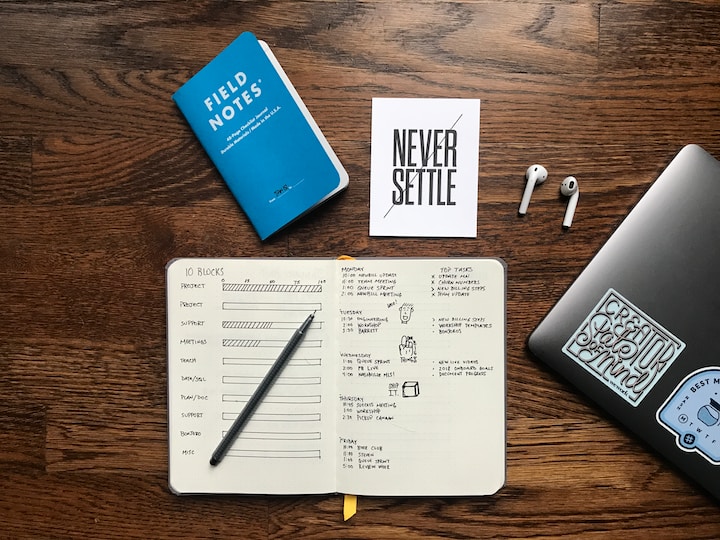
Taking a digital detox can have several benefits such as:
- Improved Sleep: Disconnecting from technology can improve your sleep quality by reducing blue light exposure, which can disrupt your circadian rhythm.
- Increased Productivity: If you want a boost in productivity consider taking a break from your smartphone and other devices that keep you busy with meaningless stuff.
- Better Relationships: Disconnecting from technology can lead to better relationships with loved ones as you can give them your undivided attention.
- Improved Mental Health: You can reduce your anxiety and stress levels by taking a break from digital stuff. Yeah, it’s hard, but your brain will thank you for it.
- Enhanced Creativity: Stepping away from technology can help stimulate your creativity and give you new perspectives.
5 Steps for a Healthy Relationship with Technology

After completing a digital detox, it’s essential to keep your technology interactions to a minimum. Doing a tech detox is only the first step. To maintain a technology-free lifestyle, you need to establish new habits and routines that don’t involve digital things.
Here are 5 tips to help you in your quest for a less digitalized life:
Limit Screen Time
Want a healthy relationship with technology? Consider limiting your screen time. According to a study constant usage of screen time can bring about a host of negative health effects, from worsening your sleep quality to increasing your risk of obesity and making you less active.
To set a limit on your screen time, start by identifying how much time you currently spend on digital devices each day.
From there, set a realistic goal for reducing your screen time and gradually work towards it. You can also use screen time tracking apps or features on your devices to help you monitor and limit your usage.
Take Regular Breaks
Taking regular breaks from technology throughout the day can help give your eyes and mind a rest, reducing the risk of eye strain and fatigue. You will also benefit from a boost in creativity levels and energy after giving your brain some time to rest.
To take regular breaks, consider using a free Pomodoro timer (or even an old regular timer will do) to remind yourself to take a break every 25 minutes or 60 minutes. During your breaks, engage in activities that don’t involve technology, such as taking a short walk, stretching, or reading a book.
Be Aware of the Present
Another great digital detox tip is to try and live more in the present and avoid multitasking while using technology. It can also help reduce stress and anxiety associated with technology use.
Not only that, but we aren’t really made for constant technology usage, I mean we are still social and creative beings, so go out there and live in the moment.
Use Technology for Good
Using technology for good can help improve your life and maintain a healthy relationship with it. For example, you can use technology to track your fitness goals, learn a new skill, or connect with friends and family.
To use technology for good, identify areas of your life where technology can be helpful and explore apps and tools that can assist you.
But be careful not to overdo it and don’t spend more time than it is necessary, otherwise you will find it difficult to keep it under control.
Prioritize Human Connections
Maintaining a healthy relationship with technology means putting human connections first. Studies show that neglecting real-life relationships in favor of digital ones can harm your physical and mental health, which I don’t have to tell you… it’s not good.
Don’t know how to start socializing more? Try reaching out to those around you and continue to build genuine relationships.
If that doesn’t work, then you can join a club or a group for a hobby, sport, or anything else that interests you, and link up with different people from across the world. Oh and when in doubt, you can also try volunteering.
Conclusion
In conclusion, a digital detox is a necessary step in maintaining a healthy balance between technology and real life.
It’s important to recognize the negative impacts that technology addiction can have on our physical, mental, and emotional well-being, and take proactive measures to address it.
By implementing the strategies and tips we’ve outlined in this article, you can begin your journey toward a healthier relationship with technology.
Remember, the key is to be intentional and mindful in your use of technology and to prioritize your overall well-being above all else.
FAQs
A digital detox can last anywhere from a few days to a few weeks, depending on your goals and preferences.
Yes, a digital detox can improve mental health by reducing stress, anxiety, and depression.
Some alternative activities to technology include praying, reading, exercising, spending time with loved ones, and pursuing hobbies.
You can stay accountable by sharing your goals and plan with someone you trust and asking them to hold you accountable.
You can maintain a technology-free lifestyle by establishing new habits and routines that don’t involve technology, such as reading, outdoor activities, and meditation.
